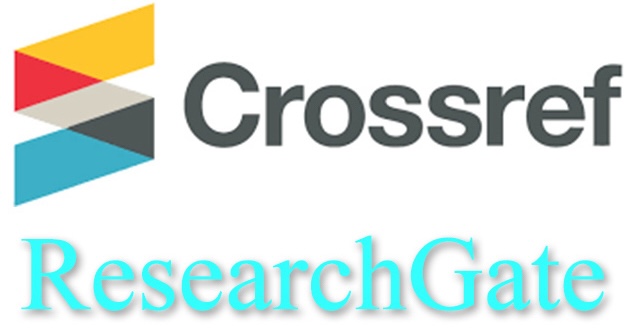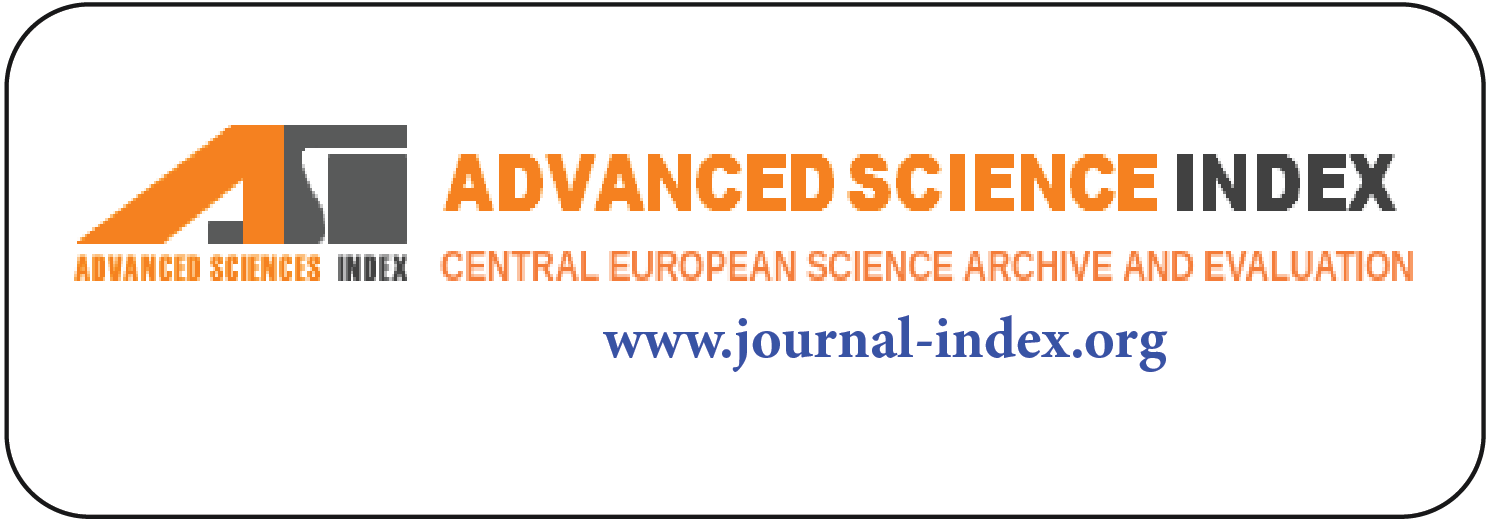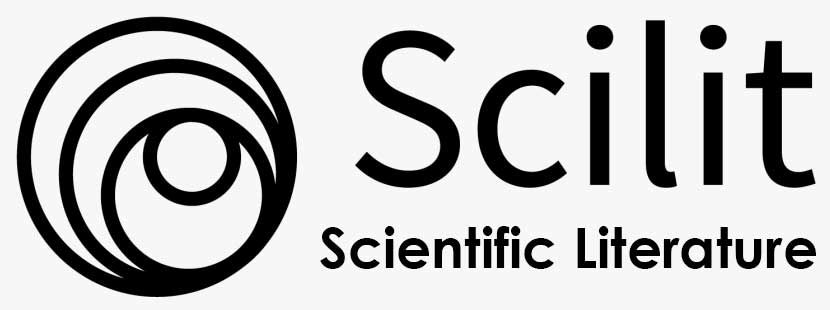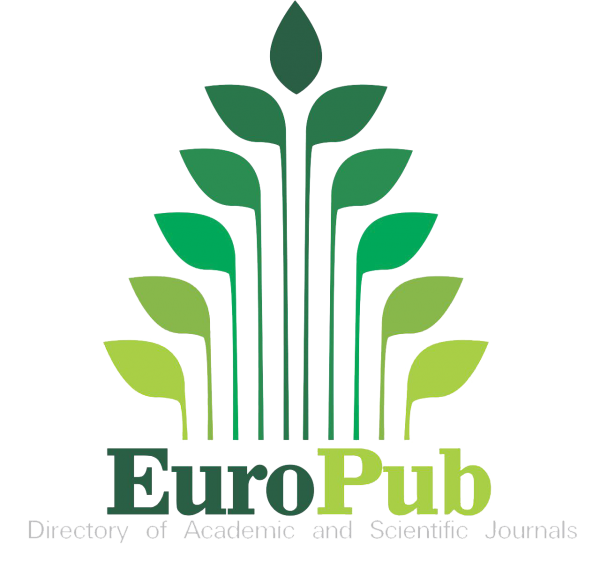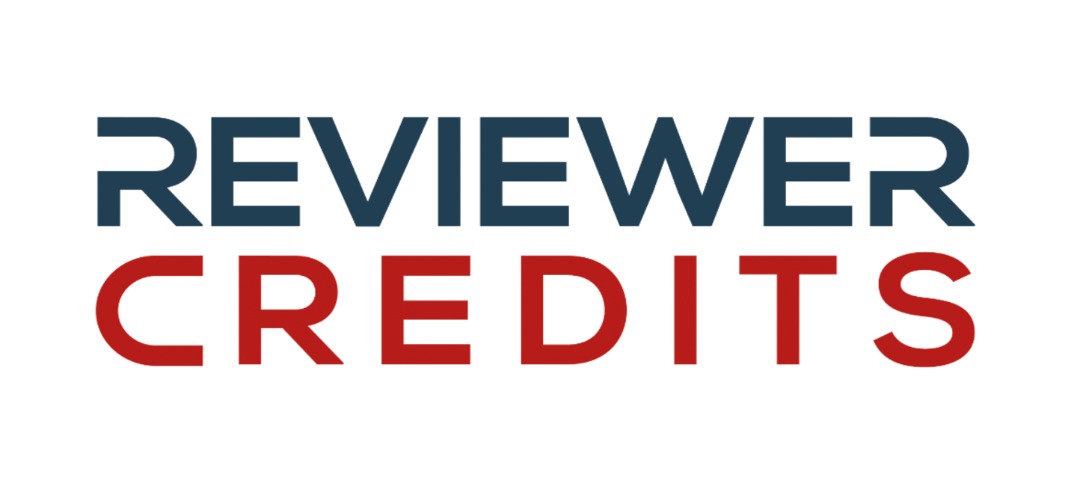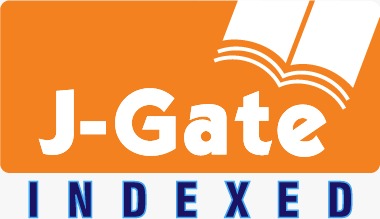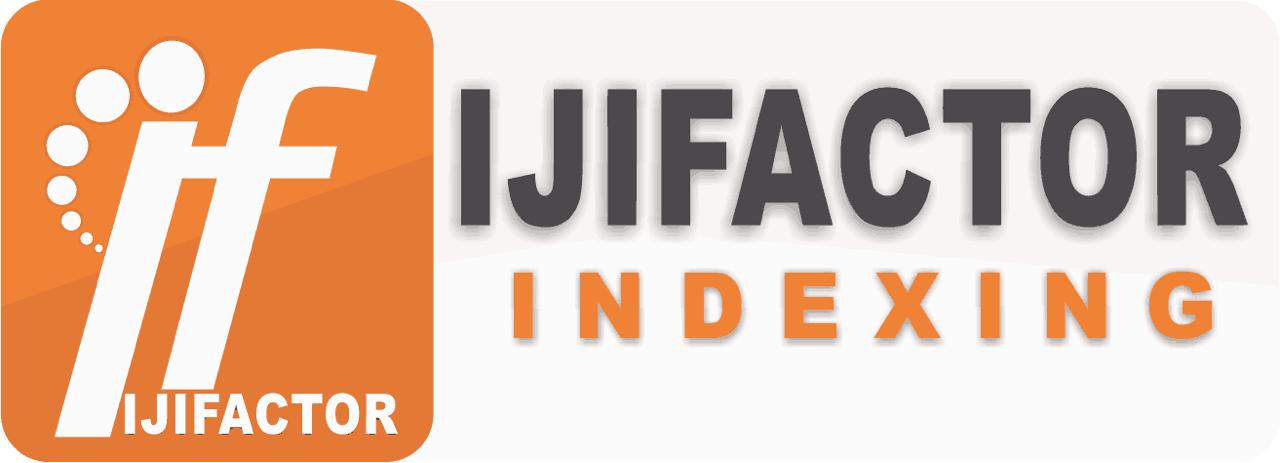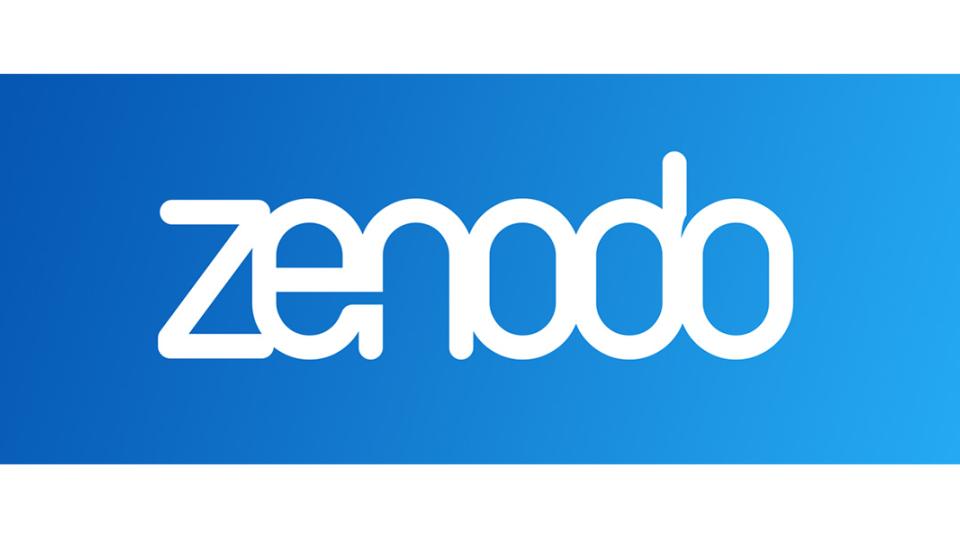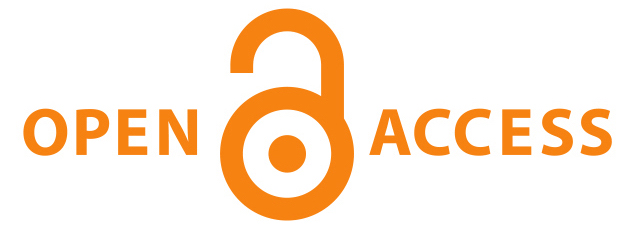
Article Format-Structure
Manuscripts should be submitted in MS-Word files by one of the authors of the manuscript through the online submission system. Submissions by anyone other than one of the authors will not be accepted.
Authors are suggested to provide the names of four well-qualified reviewers. Current e-mail addresses must be provided for all suggested reviewers. JADHUR reserve the right to the invited author’s suggested reviewers or send it to any other expert reviewers.
If for some technical reason online submission is not successful, the author can submit the manuscript to; info@jadhur.com or jadhurteam@gmail.com
Manuscript Preparation
The author needs to prepare two different files; a Title page which includes the title of the article, author names, and affiliations and the second file is the main documents without author information.
Essential title page information
Title: Concise and informative. Titles are often used in information-retrieval systems. Avoid abbreviations and formulae where possible.
Author names and affiliations: Please clearly indicate the given name(s) and family name(s) of each author and check that all names are accurately spelled. Present the authors' affiliation addresses (where the actual work was done) below the names. Indicate all affiliations with a lower-case superscript letter immediately after the author's name and in front of the appropriate address. Provide the full postal address of each affiliation, including the country name and, if available, the e-mail address of each author.
Corresponding author: Clearly indicate who will handle correspondence at all stages of refereeing and publication, also post-publication. This responsibility includes answering any future queries about Methodology and Materials. Ensure that the e-mail address is given and that the that the contact details are kept up to date by the corresponding author. If possible, provide the official/institutational email address for corresponding author.
Present/permanent address: If an author has moved since the work described in the article was done, or was visiting at the time, a 'Present address' (or 'Permanent address') may be indicated as a footnote to that author's name. The address at which the author actually did the work must be retained as the main, affiliation address. Superscript Arabic numerals are used for such footnotes.
Other details: All ther non-anonymized detail such as akcnoledgment, author role distribution, funding, ethical statement should be added in the title page.
• Prepare this document as its own, one page Word file labelled "Title page (with author details)".
Appendices should be uploaded as a separate file marked as "Supplementary material" (see below).
Article structure/style of the manuscript summary:
Title (font size 12, Times New Roman)
Abstract (150-200 words), Keywords (six-eight)
Introduction (and background):
Literature Review (relevant literature/sources)
Conceptual and Theoretical Framework (or Model)
Research Methodology (material and methods)
Results (if applicable):
Discussion (and findings)
Conclusion (suggestions and future direction)
Limitations of the study
Necessary statements (competing interests, author agreement, declaration of generative AI)
References (APA latest version)
Article structure/style of the manuscript detail:
Title (font size 12, Times New Roman):
Active verbs are used instead of complex noun-based phrases. It is around 10 to 15 words long and summarises the main idea or ideas of the study.
Abstract (150-200 words):
A concise and factual abstract is required. The abstract should briefly discusses a compact view of the research problem, purpose of study, research design and key findings.. An abstract is often presented separately from the article, so it must be able to stand alone. For this reason, citations should be avoided, but if essential, then cite the author(s) and year(s). Non-standard or uncommon abbreviations should also be avoided, but if essential they must be defined at their first mention in the abstract itself.
Keywords (six-eight):
It does not use words or phrases from the title and supplements the title's contents. These are descriptive, representing key concepts and nouns. These keywords will be used for indexing purposes. The keywords should be placed immediately after the abstract, each beginning with a capital letter and separated by a comma (,).
Introduction (and background):
It describes the purpose, scope, context, significance, background, hypothesis(es), question(s), brief methodology, outcome(s), and outline of the remaining structure/organisation of the article.
Literature Review (relevant literature/sources)
It gives a description, summary, and critical evaluation of sources explored in relation to the research problem(s) being investigated.
Conceptual and Theoretical Framework (or Model):
The conceptual framework presents/makes the construction of the study clearer, cleaner, and more straightforward; and the theoretical framework within it explains the relationships that are explored within the study.
Research Methodology ( material and methods):
It describes the actions taken for the investigation of the research problem and the rationale for the application of the specific procedures or techniques used to identify, select, process, and analyse the information applied to understanding the problem.
Results (if applicable):
It reports the results of the study based upon the methodology(ies) being applied and in a logical sequence without bias or interpretation if data is generated from the author’s own research.
Discussion (and findings):
It interprets and describes the significance of findings in light of what was already known about the research problem(s). It explains new understanding or insights being emerged based on studying the problem. It is connected to the introduction through research questions and/or hypothesis(es) and the literature being reviewed for the study. It discusses study results and compares it with recent research in the field.
Conclusion (suggestions and future direction):
It helps the readers to understand why the research should matter to them. It gives a synthesis of key points and, (if applicable), suggests new areas for future research.
References (list of cited sources):
It contains a list of updated published and unpublished material on the topic, including research articles from internationally reputed journals, especially those indexed in WOS, Scopus etc. References should follow APA style (latest edition).
Figure and table requirement:
All figures or photographs must be submitted as jpg or png files with distinct characters and symbols at 300 dpi (dots per inch). Tables and equations should be in an editable rather than image version. Tables must be edited with Word/Excel. Equations must be edited with Equation Editor. Figures, tables and equations should be numbered and cited as Figure 1, Figure 2, Figure 3, etc. in sequence. Figures and tables should be embedded into the main text and not at the end of the main text.
Important points:
- Ensure that each figure and table has a caption.
• A caption should contain the figure or table number and then provide a brief title and a description.
• Refer to each figure and table with its number in-text.
• All work not your own should also have a citation at the end of the caption, e.g:
Figure 1. Map of XYZ deep sea port with the study area marked (amended from Ali 2020: fig. 1 p. 12).
This source should be included in the list of "References" at the end of the manuscript
• For figures: If you (or a co-author) are not the original creator of the artwork, you must get permission to use it from the copyright holder in advance of submission.
Preparation of tables:
- All tables should be black and white
• Use the same font as the main text
• Place any table notes below the table body.
• Be sparing in the use of tables and ensure that the data presented in them do not duplicate results described elsewhere in the article.
• Please avoid using vertical rules and shading in table cells.
Supplementary material/Appendices
Supplementary material and appendices such as an interview guide, fieldnotes, images, and sound clips, can be published with your article to enhance it. Submitted supplementary items are published exactly as they are received (Excel or PowerPoint files will appear as such online). Please submit your material together with the article and supply a concise, descriptive caption for each supplementary file. If you wish to make changes to supplementary material during any stage of the process, please make sure to provide an updated file.
References format:
All references should be formatted in APA style in the text and listed in the REFERENCES section, as shown below:
Journal Articles:
Bonoti, F., & Metallidou, P. (2010). Children's Judgments and Feelings about Their Own Drawings. Psychology, 1, 329-336.
Conference Proceedings:
Gusnard, D. A., Akbudak, E., Shulman, G. L., & Raichle, M. E. (2001). Medial Prefrontal Cortex and Self-Referential Mental Activity: Relation to a Default Mode of Brain Function. Proceedings of the National Academy of Sciences, USA, 98, 4259- 4264.
Schnase, J. L., & Cunnius, E. L. (Eds.). (1995). Proceedings from CSCL'95: The First International Conference on Computer Support for Collaborative Learning. Mahwah, NJ: Erlbaum.
Transactions:
Fisher, H. E., Aron, A., & Brown, L. L. (2006). Romantic Love: A Mammalian Brain System for Mate Choice. Philosophical Transactions of the Royal Society: Biological Sciences, 361, 2173-2186.
Monograph:
Helfer, M. E., Keme, R. S., & Drugman, R. D. (1997). The Battered Child (5th ed.). Chicago, IL: University of Chicago Press.
Thesis:
Giambastiani, B. M. S. (2007). Evoluzione Idrologica ed Idrogeologica della Pineta di San Vitale (Ravenna). Ph.D. Thesis, Bologna: Bologna University.
Report:
Marcinkowski, TJ, & Rehring, L. (1995). The Secondary School Report: A Final Report on the Development, Pilot Testing, Validation, and Field Testing of the Secondary School Environmental Literacy Assessment Instrument. Cincinnati, Ohio: Office of Research and Development, US Environmental Protection Agency.
Article or Chapter in an Edited Book:
Lieberman, A. F. & Amaya-Jackson, L. (2005). Reciprocal Influences of Attachment and Trauma: Using a Dual Lens in the Assessment and Treatment in Infants, Toddlers, and Preschoolers. In L. Berlin, Y. Ziv, L. Amaya-Jackson, & M. T. Greenberg (Eds.), Enhancing Early Attachments: Theory, Research, Intervention, and Policy (pp. 120-126). New York: Guilford Press.
Cohn, E., & T. Geske (1990). Ch. 7: Production & cost Functions in Education. In The Economics of Education (pp. 159-210). New York: The Free Press.
Article in proceedings:
Grudin, J. (1990). The Computer Reaches Out: The Historical Continuity of Interface Design. In Proceedings of the SIGCHI Conference on Human Factors in Computing Systems: Empowering People (pp. 261-268). New York, NY: ACM Press.
Internet:
CHI Conference (2009). Guide to a Successful HCI Archive Submission. URL (last checked 15 May 2009)
http://www.chi2009.org/Authors/Guides/ArchiveGuide.html
Report from a Private Organization:
American Psychiatric Association. (2000). Practice Guidelines for the Treatment of Patients with Eating Disorders (2nd ed.). Washington, DC: Author.
Please click here to download the manuscript template

